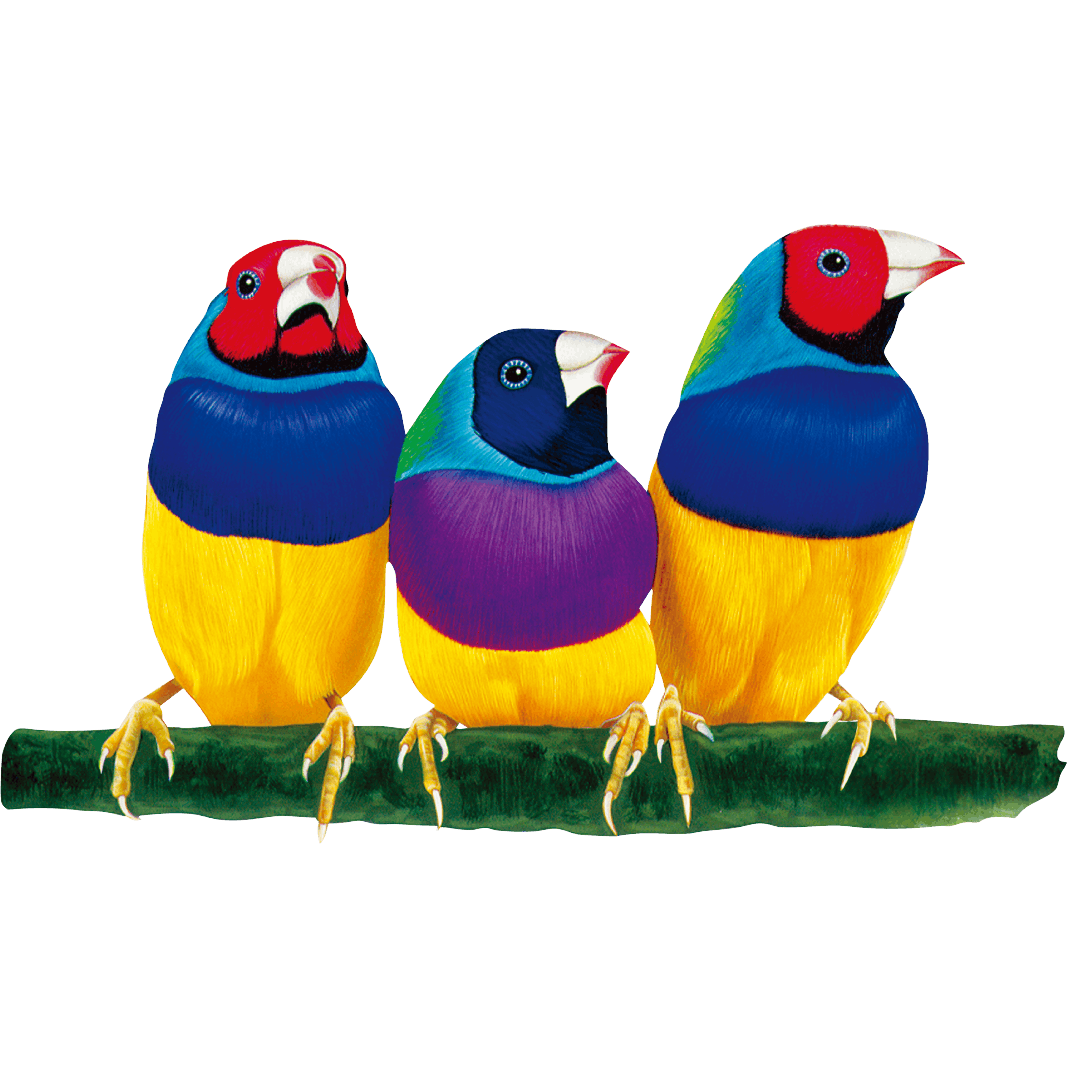Elevate your teaching with myViewBoard's Shapes tools – a versatile feature that brings creativity and interactivity to any lesson plan.
The new school year is here for some, and educators are looking for innovative ways to engage their students. Enter the myViewBoard Shapes and Lines tool, an essential component for creating dynamic and visually appealing lessons. From simple 2D shapes to complex diagrams, these tools can be customized and integrated into various subjects to make learning more engaging and effective.
Getting Started with Shapes Tools
Basic Shape Creation: Activate the Shapes tool, then click and drag on the canvas to draw. Adjust the size by clicking and dragging the corners.
Customization Options: Use the shapes menu to change color, line thickness, and fill settings. Add transparency to overlap shapes creatively.
Shape Manipulation: Select shapes to move, resize, or delete them. Utilize the adorning menu for advanced options like segmenting or combining shapes.
💡 Visit the knowledge base to learn more about the Shapes tools.
Classroom Activities Using Shapes
Use the myViewBoard Shapes tools to create lessons in different subjects. Here are some ideas:
📏 Math
Interactive Geometry:
Tip: Use squares, triangles, and circles to demonstrate properties like angles, symmetry, and other geometric concepts directly on the canvas.
Trick: Draw multiple shapes and use the 'Segment' option in the adorning menu to divide them, showing fractions or parts of a whole.
Dynamic Algebra:
Tip: Represent variables with different shapes (e.g., circles for 'x' and squares for constants) to visually solve equations.
Trick: Color-code shapes to represent different elements in a problem, aiding in visual learning.
Understanding Patterns:
Tip: Create activities where students complete patterns using shapes to develop logical thinking and problem-solving skills.
🔬 Science
Make Diagrams
Tip: Use shapes like circles, squares, and arrows to draw diagrams for science lessons. This is useful for illustrating life cycles, anatomical structures, or processes such as photosynthesis.
Trick: Layer shapes to create a more detailed diagram, using transparency to show different layers of a biological structure (e.g., layers of a leaf or cross-sections of a cell).
Interactive Activities
Tip: Design interactive, hands-on activities where students use shapes to represent scientific concepts. For example, use circles to represent atoms and lines as bonds to model molecules in chemistry.
Trick: Incorporate drag-and-drop features, allowing students to build models or diagrams directly on the board.
Group Projects
Tip: Encourage group projects where students collaboratively create diagrams or models using shapes. This promotes teamwork and enhances learning through peer interaction.
Trick: Assign different parts of a diagram to different groups, then have them assemble the final model together. This fosters cooperation and a deeper understanding of the content.
✏️ Language Arts
Teaching Grammar:
Tip: Use lines to connect subjects and predicates, helping students learn sentence structure interactively.
Story Mapping:
Tip: Use shapes to create story maps, showing characters, settings, and plot points. This helps students organize their thoughts and improve storytelling skills.
Trick: Encourage students to rearrange shapes to explore different narrative structures.
🎨 Art
Learning Colors and Shapes:
Tip: Use a treasure hunt game to teach younger students about colors and shapes, encouraging them to find hidden shapes and mix colors to learn about primary and secondary colors.
Creative Art Projects:
Tip: Encourage students to create abstract art or patterns using different shapes to develop their artistic skills and encourage creativity.
📜 Social Studies
Word Puzzles:
Tip: Use shapes to create word puzzles that reinforce key terms and concepts from history lessons, making learning both educational and fun.
Mapping Activities:
Tip: Use shapes to draw maps that highlight important historical locations or events, helping students understand the geographical context better.
Start the School Year with Shapes!
myViewBoard Shapes tools offer endless possibilities for creating engaging lessons. By using these tools, teachers can create a lively and interactive classroom. Start exploring the potential of shapes today to see how they can transform your teaching!
For more tips and tutorials, visit our myViewBoard space. Ready to enhance your classroom? Get started now!
📑 Access Ready-to-Use Resources:
Check out our collection of back-to-school resources, including lesson plans, classroom management tips, and strategies for student engagement. Visit our Back-to-School resources page to learn more!



